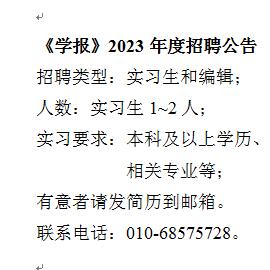The emergence and development of the regional ocean regime makes a key part of and major achievement in the process of regional integration of the South Pacific. The initial drive to build the regime was the political and environmental concerns shared by governments and citizens of the independent and selfgoverning island countries of the area. The South Pacific regional ocean regime has developed through four stages. From the mid of 1970s to the early 1980s, the primary geographic building block, framework of international laws, and institutional framework of the regime were all created. In the 1980s, with the establishments of South Pacific Forum Fisheries Agency and the South Pacific Regional Environment Program, and endorsement of a series of conventions in the field of fisheries and resources, the conventional framework of the regime was build. In the 1990s, regional regime has been developing continuously in practice, and at the same time, active countermeasures were taken to deal with some newly emerging problems. Since the beginning of the new century, the South Pacific regional ocean regime has made significant progress in the development of regional ocean policy. The establishment of a “fourpillared” regional institutional framework, the introduction of regional ocean strategies, and the entrenchment of guiding principles, values and norms, all of which suggest that the South Pacific regional ocean regime is entering into a more mature stage of development. The emergence and development of the regional ocean regime in the South Pacific has unique characteristics and multilevel implications.
